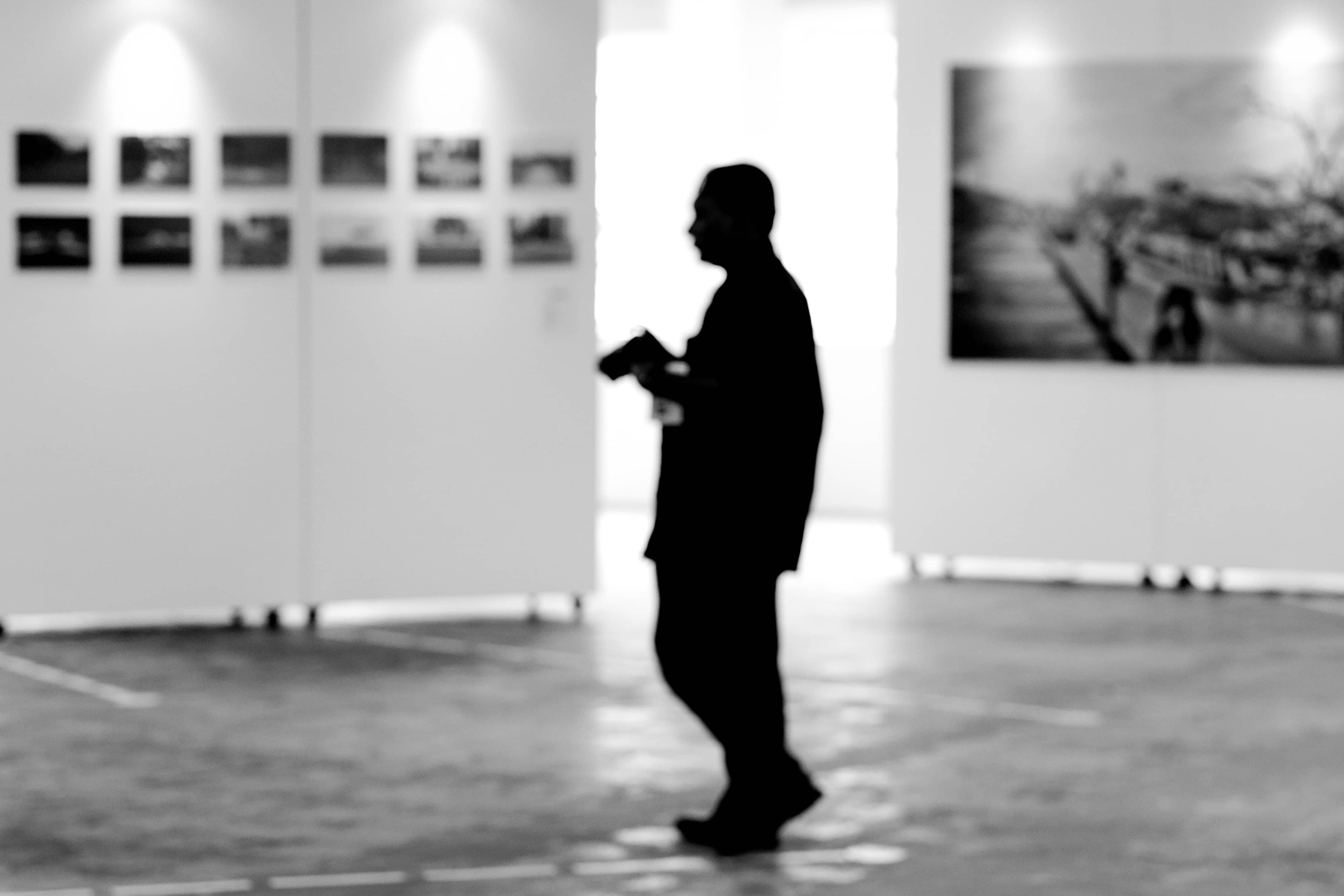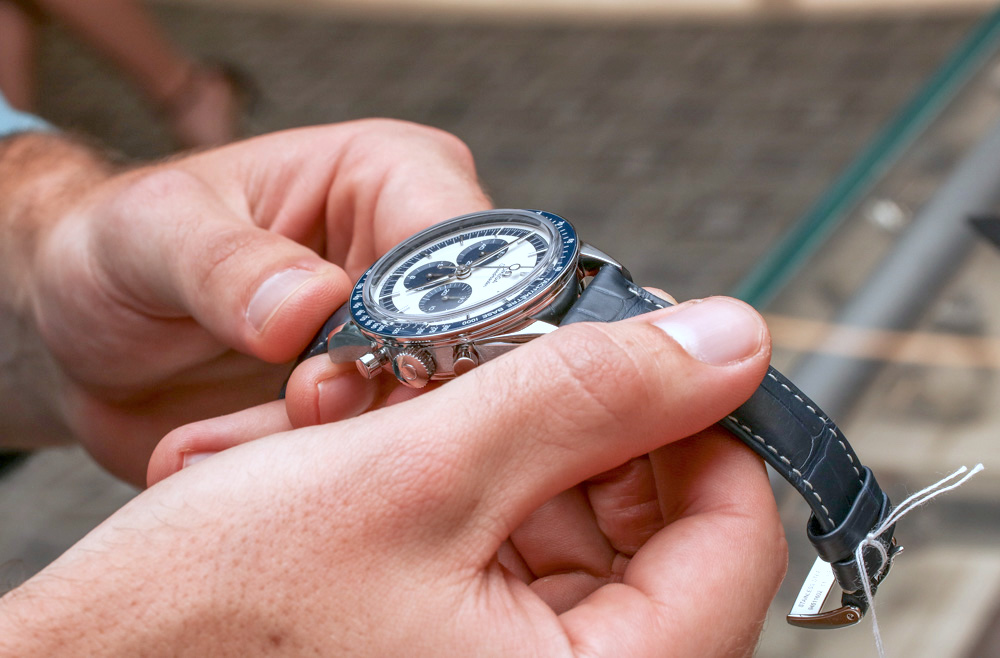
Fine Art Photography: A Guide to Investing and Collecting
Photography is arguably the most democratic art form that exists. People no longer have to spend years cultivating a skill such as painting; anybody can make a piece of art whether it be with a smartphone or a high-end DSLR. In the art market, photography is more popular than ever; and photography can also be a lucrative asset in art loans.
The first priority should be the artist/photographer when purchasing a work of art in the hope of future returns. Careful research is paramount, and well-known photographers will have auction records, which can be tracked on sites such as Artnet or Artprice. These websites are invaluable and efficient for those looking to ascertain the value of their piece and looking to secure pawnbroker loans online.
In conjunction, another factor to consider is the size of the edition. An artwork is considered ‘precious’ because it is unique, a printed photograph is a copy and if the digital file or negative exist more copies can be made! Whilst this explains the wariness of some towards photography in the art world, setting editions gets around this as it cultivates rarity and sets a limit of how many copies of a photograph will ever exist.
As a rule, then, avoid large editions if you want to see significant returns and more lucrative art loans. Following on, the number of the edition is important (1/10 to 10/10), along with the artist’s signature. Further up the edition means fewer prints available which can drive up the price.
Whilst you are holding a photograph, consider it as an object itself. Consider its size and ask yourself the paper type, printing processes used, is it high quality? Most contemporary digital prints are either giclee (inkjet) or laser (c-type) whilst historical photographs may have been made using a number of interesting technique. Establishing this information before taking the piece to a pawnshop can be crucial for pawnbrokers to secure a loan quickly.
Lastly, researching an image’s provenance is crucial: When was it made? Where was it printed? Who bought and sold it in the years? The more evidence you can get of about a print’s history, the better. These are questions pawnbrokers will ask before determining if they can lend on a photograph. Be aware than the sooner a print was a made after the photograph was originally shot, the greater its value. These are also important bases to cover before taking your photograph to a pawn shop, however many pawnbrokers will be more than happy to assist with this.
One thing to keep in mind is that editioning has only been widely practised since the 70s so an earlier print won’t be numbered. Fortunately, information about how many others exist should be included in any paperwork together with other details about the print’s past when purchased from an auction house or a dealer. This information is usually available on websites and is very useful for those looking to secure pawnbroker loans online.


 WhatsApp Us
WhatsApp Us


